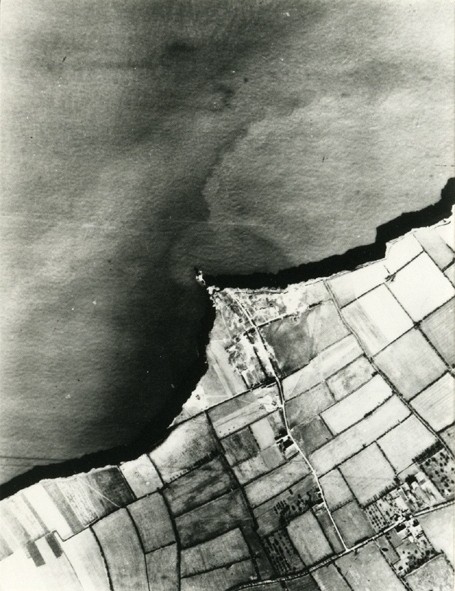By late 1942, the Germans had installed an artillery battery at Pointe du Hoc, a prominent cliff overlooking the English Channel. Composed of six 155mm guns positioned in open concrete gun pits (later under casemates), this battery was able to cover the beaches that had been selected for the landing of American troops; Utah Beach to the west and Omaha Beach to the east.
Aware of the threat, the Allies bombed the battery many times before the landing. However, in order to ensure its complete destruction, they entrusted the task of scaling the cliff, seizing the fortifications and disabling the guns to the 2nd US Ranger battalion commanded by Lieutenant Colonel James Earl Rudder.
On the morning of D-Day after a perilous ascent with rope ladders and grappling hooks, the U.S. commandos clashed with German gunners in a bloody battle. Once victorious, the Rangers were astonished to find the gun bunkers empty and the guns missing. They appeared to have been recently moved by the Germans. After a short search the Rangers found them hidden in a sunken road nearby...
Since 1979, the conservation of this site, threatened by the erosion of the cliff, has been assigned to the American Battle Monuments Commission. Considerable work has been undertaken to allow the public to visit this historical site. Amid a lunar landscape caused by bombs and large calibre shells, one can distinguish many concrete buildings: shelters for staff, anti-aircraft artillery positions, bunkers and cannon and ammunition pits.
On the top of the fortifications, at the edge of the cliff, an impressive memorial offers a splendid view of the coast. A Visitor centre stands at the entry of the site, which has free access. The Musée des Rangers at Grandcamp-Maisy presents artefacts and documents on the 2nd Rangers Battalion.
